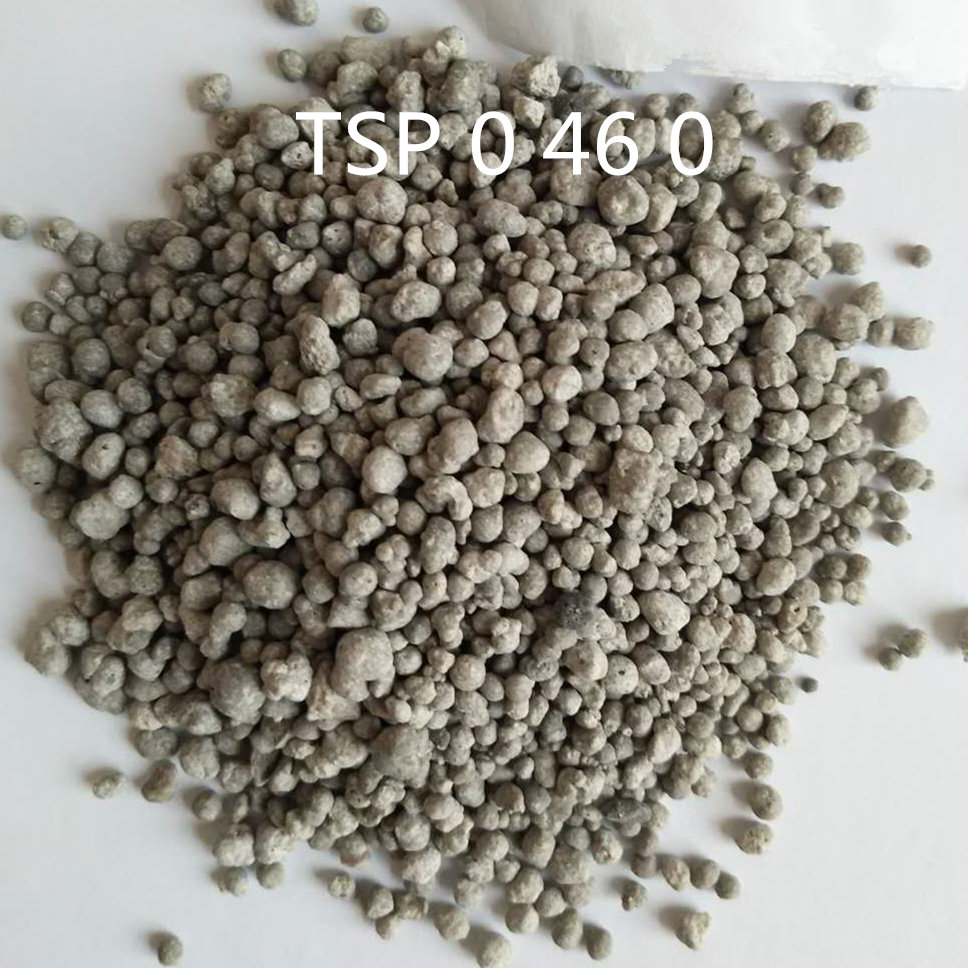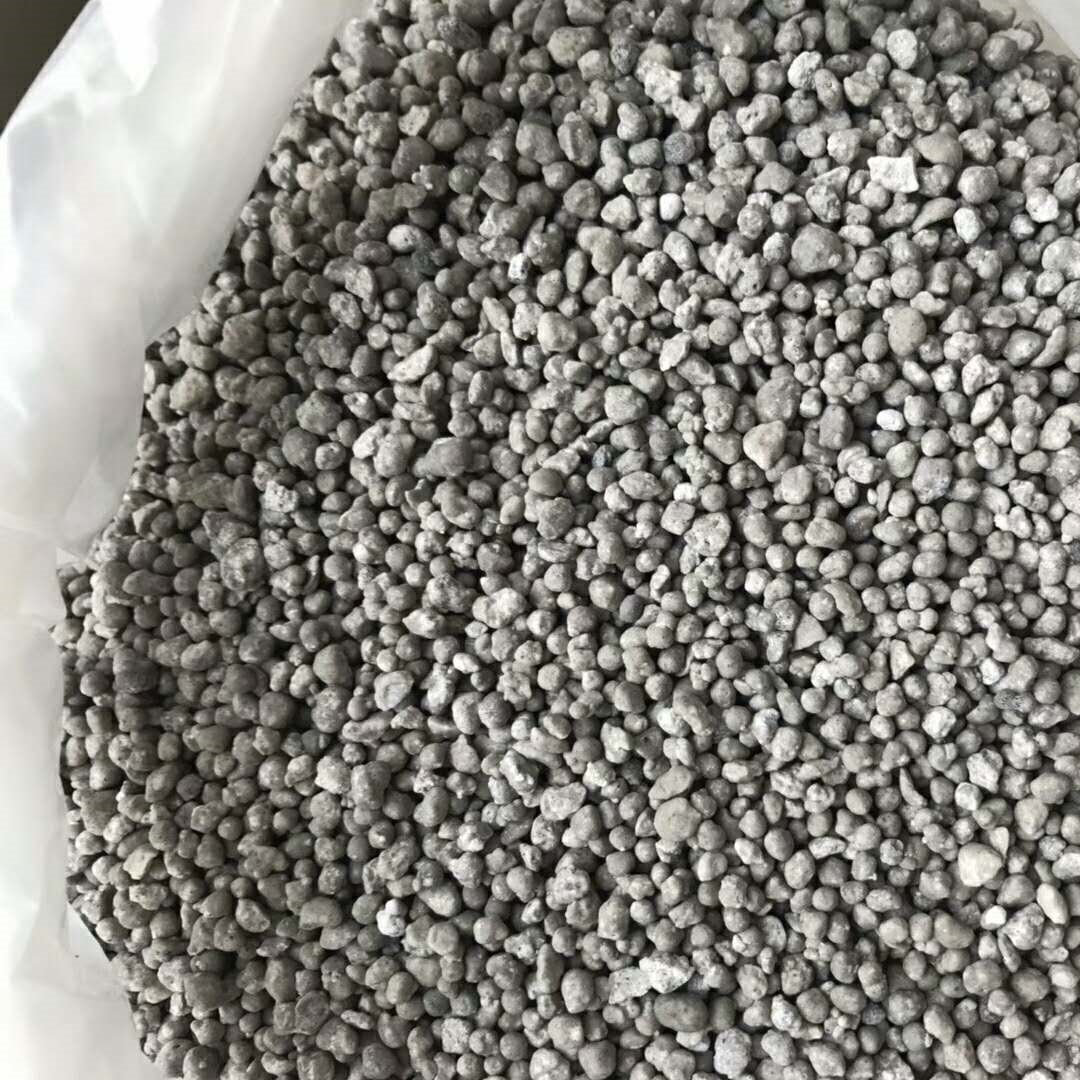
Oct . 14, 2025 08:50 Back to list
15-30-15 Granular Fertilizer - High-Phosphorus Fast Rooting
A Field-Tested Look at 15-30-15 Granular Fertilizer: How It’s Made, Why It Works, and Who Supplies It
If you’ve walked enough fields (I have, boots muddy and notebook soggy), you learn that balanced blends sit at the heart of consistently profitable crops. That’s why 15-30-15 granular fertilizer keeps popping up in procurement chats and agronomy meetings. It’s a go-to for early vigor, root establishment, and steady fruit set—especially when phosphorus is the limiting factor.

Where the P Comes From: Triple Super Phosphate 46% (TSP)
Most high-performance 15-30-15 granular fertilizer blends lean on a strong phosphate backbone. Here, Triple Super Phosphate 46% TSP granular does the heavy lifting: a quick, water‑soluble phosphate source that blends cleanly and releases fast. It’s mainly used as a raw material in BLENDING NPK lines, which makes sense—TSP’s high P2O5 content simplifies recipe targets and warehouse logistics.
Origin: A-713, Zhengyang city square, Chang’an district, Shijiazhuang city, Hebei province, China.
Industry Trends (and what growers actually say)
- Shift to precise P placement with starter bands for maize, oilseeds, and vegetables.
- Lower chloride, higher analysis materials (TSP over some alternatives) for sensitive crops.
- Customization—micronutrient add-ons (Zn, B) and size grading for even spread. Many customers say Zn-included 15-30-15 granular fertilizer pays for itself on calcareous soils.
Technical Specs: Triple Super Phosphate (for blending 15-30-15)
| Parameter | Typical Value | Notes |
| P2O5 (total) | ≥46% | High-analysis phosphate |
| Water-soluble P2O5 | ≈42–44% | Fast plant availability |
| Moisture | ≤3% | Storage-stable when dry |
| Granule size | 2–4 mm, ≥90% | Even spread pattern |

From Rock to Granule: Process & Testing
Materials: high-grade phosphate rock reacted with phosphoric acid to form TSP slurry; neutralization and granulation yield hard, uniform particles. Methods: controlled acidulation, rotary granulation, low-dust drying, and on-spec screening. Testing standards: AOAC and ISO/CEN fertilizer methods for P2O5 (ICP or colorimetric), particle size analysis (sieving), crush strength, and moisture. Certifications typically include ISO 9001; many exporters align with REACH and local nutrient labeling rules. Service life: around 24 months if stored cool and dry, sealed against humidity.
How 15-30-15 Is Applied
- Starter bands at planting for maize and sunflower; 80–150 kg/ha depending on soil tests.
- Base dressing in orchards and vineyards to support rooting and early-season demand.
- Vegetables under plasticulture; side-dress timed to flowering/fruit set. Real-world use may vary.
Because it’s granular, 15-30-15 granular fertilizer isn’t ideal for drip fertigation unless fully dissolved and filtered—just saying.

Vendor Snapshot: who delivers consistency?
| Vendor | P2O5 | Granule Consistency | Certs | Lead Time | Customization |
| HHFertilizer (Hebei, China) | ≥46% | 2–4 mm, ≈90% | ISO 9001 | ≈2–4 weeks | Color, coating, Zn/B |
| Vendor B | ≈45–46% | 2–5 mm, ≈85% | ISO 9001/14001 | 3–5 weeks | Limited |
| Vendor C | ≥46% | 2–4 mm, ≈88% | ISO 9001 | ≈4–6 weeks | Custom bags |
Customization, Use Cases, and Feedback
Blenders can tailor 15-30-15 granular fertilizer with Zn (1–2%), B (0.1–0.3%), and polymer coatings for reduced dust. Typical industries: row crops, horticulture, turf, plantations. Case notes: (1) A vegetable grower in Shandong reported faster canopy closure and more uniform heads after switching to a TSP-based 15-30-15. (2) Vineyard blocks in Western Cape used a low-chloride blend and saw better early vigor—small sample, yes, but the trend kept repeating.
“Spreads evenly and doesn’t cake in the shed,” one buyer told me—simple, but it’s the day-to-day stuff that matters.
Compliance & Data
Quality programs typically align with ISO 9001; phosphorus assays follow recognized AOAC or CEN methods. Labels reference nutrient content as total and water‑soluble P2O5; heavy metals are monitored to meet importing country rules. Always match application to soil tests and crop removal targets—sounds basic, but it’s the cheapest insurance you’ll buy.
Authoritative references
- FAO. Fertilizer and Plant Nutrition Guidelines. https://www.fao.org
- International Fertilizer Association (IFA). Nutrient Best Management Practices. https://www.fertilizer.org
- AOAC International. Official Methods for Fertilizer Analysis. https://www.aoac.org
- CEN/ISO Standards for Fertilizers (EN methods for nutrient analysis). https://standards.cen.eu
-
Sustainable Growth with Organic Phosphate Fertilizer | Benefits & Innovations
NewsNov.24,2025
-
Organic Phosphorus and Potassium Fertilizer: Sustainable Soil Nutrition & Global Impact
NewsNov.24,2025
-
Organic Phosphorus Fertilizer: Sustainable Nutrient Solutions for Modern Agriculture
NewsNov.23,2025
-
Sustainable Growth with Organic Phosphorus Plant Fertilizer | HH Fertilizer
NewsNov.23,2025
-
Organic Plant Meal Fertilizer for Sustainable Agriculture – Benefits & Innovations
NewsNov.22,2025
-
Organic Plant Root Fertilizer – Sustainable Solutions for Healthy Soils & Stronger Plants
NewsNov.22,2025
